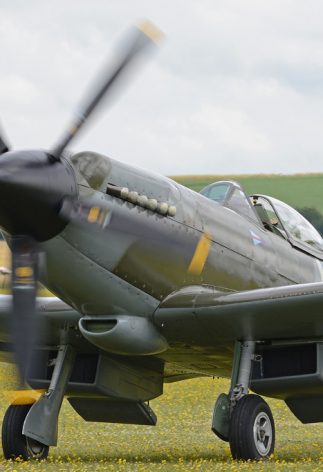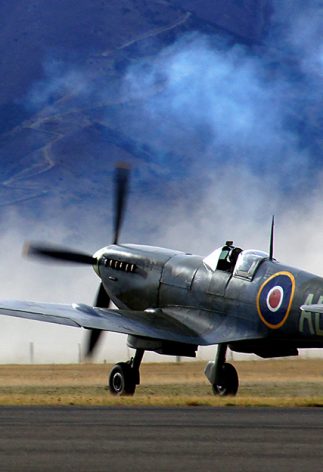Spitfire History

Its maiden flight was 5 March 1936 at Eastleigh Airfield, near Southampton, entering into service with the RAF in 1938.
A total of 20,351 spitfires were built while the aircraft was in service. 179 remain intact today, with around 55 airworthy. (As of June 2018).
By 1939, about 10% of all Spitfires had been lost as a result of training accidents.
Despite the fame of the Spitfire and its association with the Battle of Britain, the Hurricane actually shot down more enemy planes during this battle.
The spitfire covered a total service history of 16 years, and was originally developed as a Home Defence interceptor.
Top speed typically 363 mph and range of 991 nautical miles, (410 if in combat).
The spitfire carried enough ammunition to fire for only 15 seconds.
From 1943, spitfires included modifications to carry underwing 3 inch rockets, in batteries of 4 per wing.
There were 24 basic marks of spitfires also with various sub-variants.
